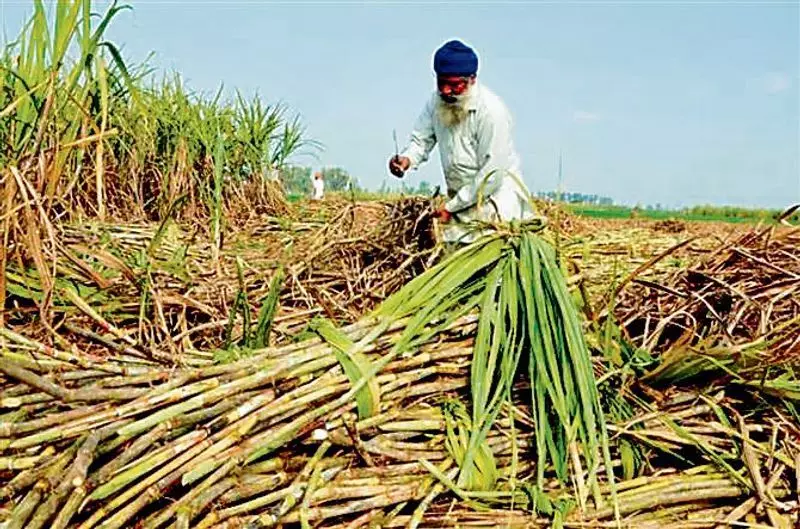
In a significant development for Punjab's agricultural sector, sugarcane cultivators are raising their voices for economic justice. Farmers across the state are demanding an immediate revision of the Fair and Remunerative Price (FRP) for sugarcane to ₹450 per quintal, marking a crucial moment in their ongoing struggle for sustainable farming.
The Economic Reality Behind the Demand
The current pricing structure has left farmers grappling with financial strain as production costs continue to escalate. With input expenses including fertilizers, pesticides, labor, and irrigation reaching unprecedented levels, the existing support price fails to cover the actual cost of cultivation, pushing many farming families toward economic uncertainty.
Groundswell of Farmer Support
Farmers' unions and agricultural organizations across Punjab have united in this demand, organizing demonstrations and planning larger protests if their concerns remain unaddressed. The movement gains particular significance as it represents the backbone of Punjab's rural economy – the sugarcane growers who have long contributed to the state's agricultural prosperity.
Key Arguments Presented by Farmers
- Production costs have increased by over 40% in recent years
- Current prices don't account for inflation and rising input costs
- Sugarcane farming requires significant water and resource investment
- Delayed payments from sugar mills compound financial difficulties
The Broader Agricultural Context
This demand comes at a time when Indian agriculture faces multiple challenges, from climate change impacts to market volatility. Punjab's sugarcane farmers emphasize that a revised FRP isn't merely about better returns but about ensuring the very survival of sugarcane cultivation in the region.
As the protest movement gains momentum, all eyes are on government authorities and sugar mill management to respond to what farmers describe as a "make-or-break moment" for the sugarcane industry in Punjab. The outcome of this demand could set a precedent for agricultural pricing policies across other states and crops.





